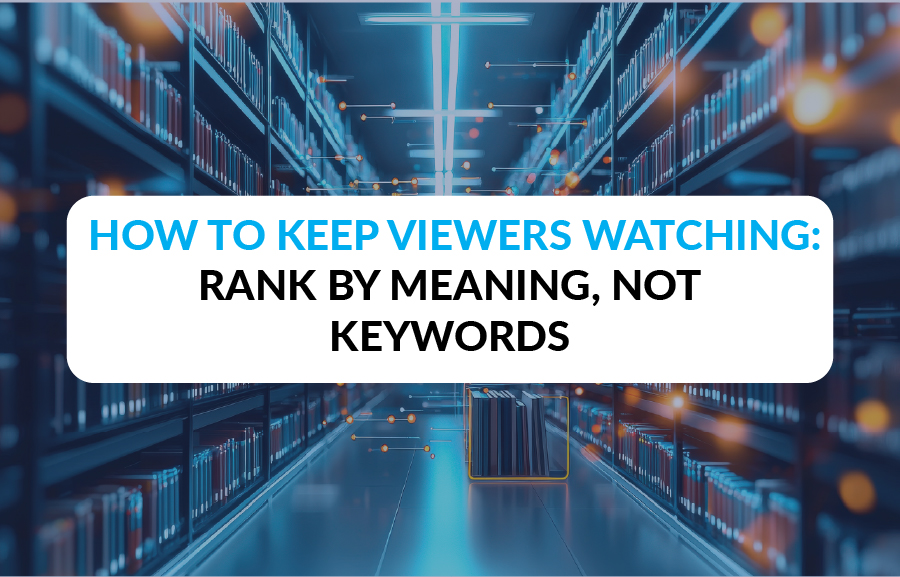Democracy Disrupted? The Risks and Rewards of AI in Politics

Patricia Butina
Marketing Specialist
Published:
November 15, 2024
Topic:
Insights

Artificial Intelligence dramatically changes how political campaigns and democratic processes function. Innovative chatbots and manipulating public opinion through realistic “deepfake” media, AI has had a noticeable impact on the 2024 U.S. elections. A fresh example is the manipulated image showing pop icon Taylor Swift allegedly endorsing Donald Trump—a wholly fabricated image that went viral, underscoring how easily AI can influence public perception in today’s digital environment.
The 2024 election cycle highlights AI’s potential and pitfalls in politics. While advanced AI tools can streamline communication and tailor messages to voters, they enable large-scale manipulation and disinformation that can disrupt the democratic process. This guide will explain how AI is used in elections, how these tools work, and what’s being done to manage their impact on democracy.
Topics Covered:
- Generative AI’s Role in Political Engagement
- The Threat of Deepfakes and Misinformation
- Microtargeting Techniques in Campaigns
- AI Detection and Watermarking Strategies
- Key Regulations and Standards Guiding AI Use in Politics

Generative AI’s Role in Political Engagement
Generative AI, which can create content based on learned data patterns, has transformed political engagement by helping voters understand candidates’ positions and policies. However, these systems are built on vast datasets, and understanding the technical processes behind their training reveals their power and potential for bias.
How It Works:
- Training on Large Language Models (LLMs): Generative AI models are trained using enormous datasets compiled from text sources such as news articles, websites, and social media. These models recognize language patterns and relationships, enabling them to respond to users in relevant and informative ways.
- Using Transformer Architecture: These systems are powered by transformer networks, a neural network that can “attend” to different parts of a sentence to understand the context better. Transformers allow AI models to respond accurately and fluidly to complex user questions, like clarifying a candidate’s stance on healthcare or education.
- Sentiment Analysis for Targeted Messaging: AI models can analyze sentiments in online posts or comments, helping campaigns understand public opinion. For example, campaigns might use sentiment analysis to identify the most pressing issues for voters in certain areas and adjust their outreach accordingly.
Generative AI’s ability to provide personalized political insights makes it a powerful tool for voter engagement. However, as AI models evolve, there are concerns that they could amplify biases or even spread misinformation if not carefully monitored.
The Threat of Deepfakes and Misinformation
Deepfake technology has raised significant concerns about misinformation in elections. In 2024, manipulated media, like the deepfake of Taylor Swift endorsing Donald Trump, has gone viral, demonstrating the disruptive potential of this technology. Deepfakes can create hyper-realistic but entirely false audio and video content, making it difficult for audiences to separate fact from fiction.
How Deepfakes Are Created:
- Using Generative Adversarial Networks (GANs): Deepfakes are made using GANs, composed of two networks: a generator and a discriminator. The generator creates synthetic images, audio, or video while the discriminator evaluates their realism. This iterative process allows the generator to refine its content until it’s nearly indistinguishable from authentic footage.
- Face Mapping and Lip Syncing: Deepfake videos often involve mapping one person’s face onto another’s. Convolutional neural networks (CNNs) analyze facial structures and allow AI to seamlessly replace one individual’s face with another’s. Lip-syncing algorithms then align mouth movements to audio, adding to the illusion.
- Voice Synthesis for Audio Manipulation: Voice synthesis software, like WaveNet, mimics speech patterns, creating audio closely resembling an individual’s authentic voice. This enables the creation of audio deepfakes in which public figures appear to make statements they never actually made.
Deepfakes are highly effective in spreading misinformation, especially when they involve familiar public figures or use convincing audio and visuals. Raising awareness and developing robust detection tools are essential to combat these challenges.

Microtargeting Techniques in Campaigns
Microtargeting uses AI to analyze data and reach specific voter groups with tailored messages. While this approach can enhance voter engagement, it raises ethical questions about privacy and data protection. Microtargeting is effective but can create echo chambers that intensify divisions in public opinion.
How Microtargeting Works:
- Data Collection and Profiling: Campaigns gather data from multiple sources, such as social media, public records, and browsing behavior, to build detailed voter profiles. This data enables them to identify the most important issues for different population segments.
- Clustering Algorithms for Audience Segmentation: AI systems use clustering algorithms, like k-means and hierarchical clustering, to group voters with similar characteristics. For instance, clusters may be based on issues like healthcare or the economy, allowing campaigns to create specific messaging for each group.
- Behavioral Prediction Models: Predictive models use data patterns to assess the likelihood of certain voter groups engaging with specific messages. Campaigns use machine learning techniques like logistic regression to fine-tune which messages resonate best with various voter segments.
- Reinforcement Learning for Feedback Loops: AI systems also employ reinforcement learning, adjusting their strategies based on real-time voter feedback. This feedback loop helps campaigns refine their messaging over time, optimizing engagement.
Microtargeting’s ability to deliver tailored messaging can foster deeper voter engagement. Still, it also has the potential to isolate voters within ideological bubbles, reducing exposure to diverse viewpoints and reinforcing biases.
AI Detection and Watermarking Strategies
Detection tools are being developed to identify AI-generated content, particularly deepfakes, to counteract the spread of misinformation. These tools use watermarking techniques and verification methods to provide users with a way to distinguish real from synthetic content.
How Detection Tools Operate:
- Detection Algorithms for AI-Generated Content: Detection tools, like GPTZero and DetectGPT, analyze content for patterns typical of AI-generated text, including repetitive sentence structures or unusual phrasing. These tools help identify AI-written material, though they’re still evolving.
- Digital Watermarking for Visual and Audio Content: Watermarking involves embedding invisible markers within AI-generated media that software can detect. For example, image generators like DALL-E use specific pixel arrangements to “mark” images, while watermarking in text involves patterns in vocabulary choice.
- Open Standards for Content Verification: Standards like the Coalition for Content Provenance and Authenticity (C2PA) are working toward creating universally recognized markers for AI-generated content. This will help ensure that content across platforms can be reliably traced back to its source.
Detection tools and watermarking are vital for reducing the spread of AI-driven disinformation. As AI technology advances, the need for reliable, easily accessible verification tools will continue to grow.

Key Regulations and Standards Guiding AI Use in Politics
Governments worldwide are enacting new regulations to manage AI’s impact on democracy. In the EU, frameworks like the Digital Services Act (DSA) and the AI Act set specific standards for using AI responsibly in political campaigns and public discourse.
Key Regulatory Measures:
- Digital Services Act (DSA): Enacted in 2022, the DSA requires major platforms to manage risks related to harmful content actively. This includes requiring transparently labeled political ads and ensuring that microtargeting is not used to exploit sensitive user data.
- AI Act’s Risk-Based Approach: The proposed AI Act establishes rules for high-risk AI systems, especially those used in elections or other public domains. The act emphasizes transparency, mandating that AI-generated content, such as deepfakes, be clearly labeled.
- Open Standards for Digital Trust: Open standards, such as C2PA, aim to create a uniform system for labeling and verifying AI-generated content. Adobe, along with other tech companies, has integrated this standard to help ensure that users can identify and trust digital media sources.
These frameworks are essential in building an ethical and accountable approach to AI in politics. As technology evolves, it’s crucial to ensure these standards remain adaptable to address new challenges.
Conclusion: Navigating the Future of AI in Democracy
AI is reshaping democracy with profound benefits and serious challenges. On one hand, it can simplify communication, improve political engagement, and enable voters to make better-informed decisions. On the other hand, AI risks fueling misinformation and manipulating public opinion, which could undermine trust in democratic institutions.
In 2024, we’ve seen how AI can create highly convincing deepfakes and how microtargeting can influence voter sentiment. The future of AI in politics depends on our ability to regulate it responsibly, educate the public, and refine detection technology to combat misinformation.
As AI technology advances, we must ensure it supports democracy rather than distorts it. By upholding transparency, accountability, and ethical use, we can guide AI’s development and strengthen democratic values in the digital age.






